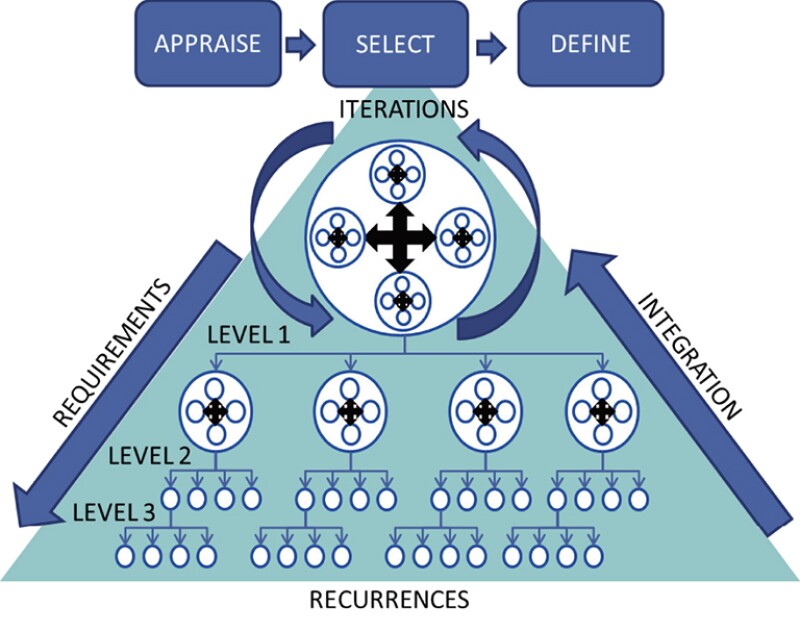As the complexity and cost of subsea production systems (SPS) has increased during recent decades, the requirement for a more-rigorous, systematic approach toward the engineering of such systems has increased. A systems-engineering (SE) guidance document, specifically written to be applicable to SPS, is being developed by members of API Sub-Committee 17 at the time of writing. The objective of the complete paper is to make potential users of the guidance document aware of the benefits associated with the use of formal SE processes when designing complex facilities.
SE Fundamentals
Systems engineers exercise a high-level understanding of how system elements work together, visualizing complex systems as a set of subsystems that interact recursively. Recursive relationships are critical in SE and define many hierarchical taxonomies, such as the following:
- System components consist of subsystems
- Project activities consist of subprojects
- Organizations consist of suborganizations
- Contracts consist of subcontracts
However, an elegance exists in the recursive nature of SE because its processes are self-similar and independent of scale.


